Why is Microsoft neglecting the Windows on Arm ecosystem?
Developer apathy, expensive hardware, and poor performance could signify the end of the platform
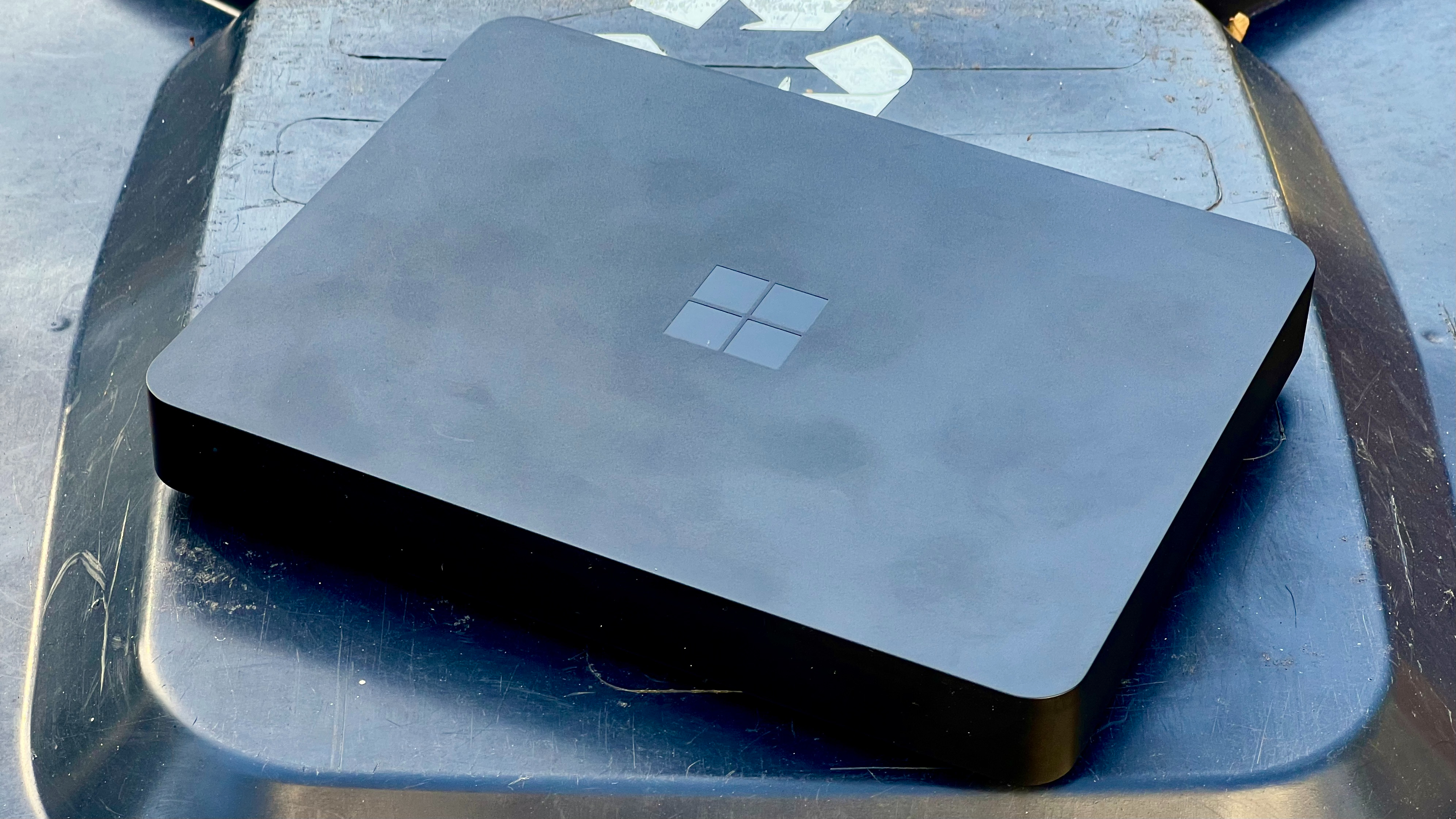

Windows on Arm was Microsoft’s hope for a post-Intel future, with devices that sip power but offer complete connectivity. With Microsoft’s next Surface event looming, is the platform still relevant today?
Microsoft expected developers to leap at the chance to compile their applications for its platform after the first Windows on Arm machines emerged in 2018. After all, as Apple has since ably demonstrated, there are benefits to moving away from traditional Intel-based architecture.
We noted improvements in performance and power efficiency on macOS machines running on Apple silicon, while the desktop experience was unchanged. Could the same be true for Windows on Arm?
In short, no. Not with Microsoft’s relative neglect when compared to its x64-based stablemate. The firm has squandered the opportunity to move users on from an Intel-based norm and has dithered in the process.
READ MORE

While, for better or worse, Apple forced developers to migrate to its M-series CPUs, the majority of Windows applications have continued to target Intel and AMD due to simple market forces and the absence of clear guidance from Microsoft.
Microsoft’s Windows on Arm efforts have moved in stops and starts. Its exotic – and expensive – Surface Pro X has been gradually updated over the years, culminating in a rebrand in the form of the SQ3-powered Surface Pro 9 in 2022. Microsoft's partners have also had a go with their takes on the architecture, with varying degrees of limited success. However, an inexpensive option – a real alternative to the x64 platform – for the masses has yet to materialize.
Then there was the attempt to lure developers with the promise of Project Volterra, unveiled at Build 2022, and finally released as the Windows Dev Kit 2023. Since then, things have gone rather quiet. I have a Windows Dev Kit 2023, as it happens, and the ownership experience hasn’t been a good one.
Sign up today and you will receive a free copy of our Future Focus 2025 report - the leading guidance on AI, cybersecurity and other IT challenges as per 700+ senior executives
Everything that’s wrong with Windows on Arm
The Windows Dev Kit 2023 comprises a Snapdragon 8cx Gen 3 along with 32GB RAM and a 512GB SSD. On paper, it is an impressive bit of kit. It even bears a distinct resemblance to Apple’s Mac Mini, except at a keener price point and an external power brick.
But, after almost a year of usage, I’m sad to report that if the Windows on Arm dream isn’t dead, then the Windows Dev Kit 2023 doesn’t offer any promising signs of health.
We’ll start with the hardware. On my machine, some things simply don’t work properly. The clock, for example, runs slow and requires synchronization. Getting output from the Mini Display port connector is a little random; I’ve had to sacrifice a USB-C connector in the name of reliability. Sometimes it wakes up, sometimes it doesn’t – and I need to hold down the power button sometimes.

Mac Mini M2 vs Windows Dev Kit 2023
Apple Mac Mini M2
- Apple M2 CPU
- 8GB Unified memory
- 256GB SSD storage
- 2x Thunderbolt 4, 2x USB-A, Display Port, HDMI, 3.5mm headphone jack, Ethernet (RJ45)
- Wi-Fi 6E, Bluetooth 5.3
- 197 x 197 x 35.8mm
- £649 inc VAT
Windows Dev Kit 2023
- SnapdragonFootnote® 8cx Gen 3 compute platform
- 32GB LPDDR4x RAM
- 512GB fast NVMe Storage
- 2x USB-C, 3x USB-A, Mini Display Port, Ethernet (RJ45)
- Wi-Fi 6, Bluetooth 5.1
- 196 x 152 x 27.6mm
- £579 inc VAT
To make matters worse, running Windows on Arm in a virtual machine (VM) on Mac – we used Parallels – is a better experience than using Microsoft’s own hardware.
READ MORE

These are all niggles one expects from a first-generation device, and renaming Volterra to the ‘Windows Dev Kit 2023’ implies Microsoft knows it isn’t ready for the market.
One would’ve at least expected some of the issues to have been ironed out in the months since release, though, and yet they persist. Even as Windows itself is updated, the Windows Dev Kit 2023 encapsulates all that’s wrong with the Windows on Arm program.
Then there is the software. It took until November 2022 for Microsoft to release a fully supported version of Visual Studio for Arm64 – a release that came after the Windows Dev Kit 2023 became available.
Even users keen enough to try Windows Insider builds on the device are frequently disappointed when Microsoft opts not to offer a build to Windows Insiders with Arm64 hardware with little or no explanation. Hardly a developer-friendly approach.
RELATED RESOURCE

Discover a security program that integrates tools and hardens your attack surface.
DOWNLOAD FOR FREE
The disappointment continues when using the device. It doesn’t offer a snappy experience when compared with the Mac Mini, which has less RAM and storage. While it doesn’t quite feel like wading through treacle, as with previous Windows on Arm devices, it’s certainly sluggish.
To make matters worse, running Windows on Arm in a virtual machine (VM) on Mac – we used Parallels – is a better experience than using Microsoft’s own hardware. All of this leads us to believe that, perhaps like its consumers, Microsoft is losing faith in Windows on Arm. While Microsoft has dithered with the operating system, Intel and AMD’s chips have improved. Battery life is no longer as catastrophic for Intel-based devices compared to Windows on Arm hardware, eroding the advantages of Arm-based chips.
Behind all of this is the specter of Arm in the Data Center, arguably a much better place for it in the Microsoft ecosystem. After all, with more apps delivered via the browser, is there much point in having Windows developers produce native Arm code, if not to run on a server?
Microsoft has a final opportunity in this year’s Surface event to make good on its Windows on Arm promise. Devices need to be inexpensive and reliable, and the company must demonstrate Windows on Arm is a viable option for users rather than adventurous power users. If it doesn’t, one can only conclude the company has little interest in the platform.
Windows on Arm: Unfulfilled potential
Ignoring Windows RT, a short-lived and locked-down version of Windows for Arm chips that turned up in early Surface tablets, Windows on Arm (or Windows on Snapdragon) finally arrived in 2018 in the form of Lenovo’s Yoga C630 WOS.
The device enjoyed superb battery life, 4G connectivity, and the look and feel of a proper Windows device. But it had some issues, and it didn’t take long for customers and reviewers alike to realize. The Qualcomm Snapdragon 850 processor might have been able to cope with lighter productivity tasks, but users attempting serious work soon found themselves yearning for an Intel or AMD-based alternative.
The biggest headache was one of emulation. As soon as a user attempted to move outside of the Arm app ecosystem, the experience of Intel emulation (assuming it worked) was more akin to swimming through honey. Sure, it was an improvement on the total absence of x86 support from Windows RT, but users were still presented with an experience some way off that available from similarly priced Intel or AMD-based kit.
Even more astonishingly, large swathes of Microsoft’s own software had not been recompiled to run natively. Its Edge browser required emulation. As did Teams. It would take until 2020 before either emerged in native form.
READ MORE

Microsoft tried again in 2019 with the Surface Pro X – despite lacking important native software – and hoped to bring some of the Surface magic to the beleaguered platform. One intention of the Surface line was to show manufacturers how Microsoft reckoned its software could be packaged. In that regard, it has largely succeeded.
Could the same be applied to the Windows on Arm ecosystem? With the Surface Pro X, Microsoft set out to find out. But while Arm devices were traditionally associated with cheaper hardware, the Surface brand was not. Furthermore, Microsoft decided to ask top dollar for the Surface Pro X, powered by the company’s own take on Qualcomm’s chips in the form of the SQ line. The problem was you could grab a high-end Surface Pro 7 for a similar price, and it was arguably a good deal more useable.
The platform has continued to languish as the years have rolled by, with Microsoft occasionally tossing it a bone in the form of a native version of Visual Studio, or other productivity apps that really should have been ready at launch.
It’s difficult to see Microsoft's approach as anything other than neglect; if it doesn’t seem interested in the technology, why should its customers be?

Richard Speed is an expert in databases, DevOps and IT regulations and governance. He was previously a Staff Writer for ITPro, CloudPro and ChannelPro, before going freelance. He first joined Future in 2023 having worked as a reporter for The Register. He has also attended numerous domestic and international events, including Microsoft's Build and Ignite conferences and both US and EU KubeCons.
Prior to joining The Register, he spent a number of years working in IT in the pharmaceutical and financial sectors.
-
 Trump's AI executive order could leave US in a 'regulatory vacuum'
Trump's AI executive order could leave US in a 'regulatory vacuum'News Citing a "patchwork of 50 different regulatory regimes" and "ideological bias", President Trump wants rules to be set at a federal level
-
 TPUs: Google's home advantage
TPUs: Google's home advantageITPro Podcast How does TPU v7 stack up against Nvidia's latest chips – and can Google scale AI using only its own supply?
-
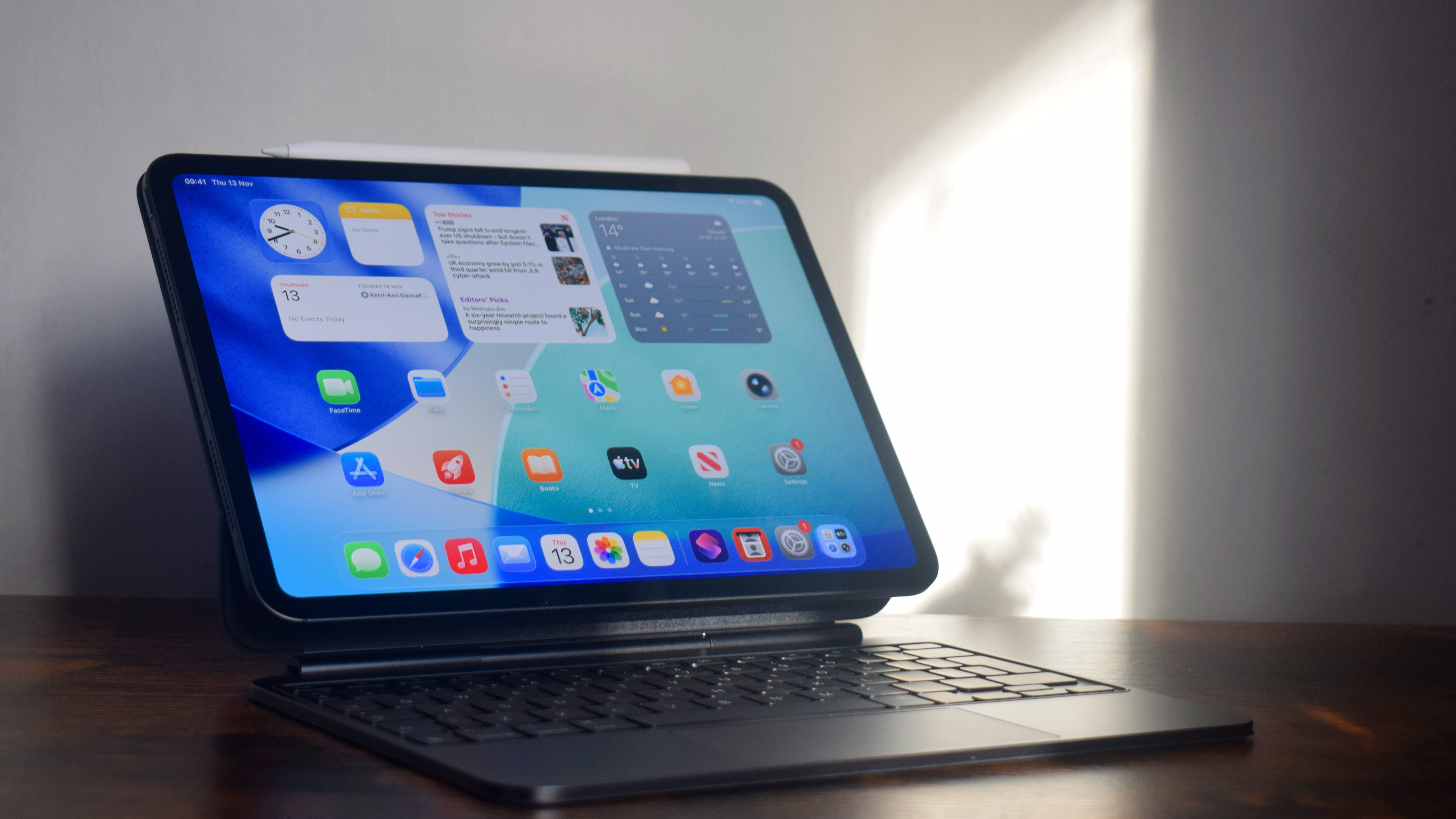 With the M5 iPad Pro, Apple has finally made a tablet that can replace your laptop
With the M5 iPad Pro, Apple has finally made a tablet that can replace your laptopReviews Still rocking the same design, but inside it's all change – and that is what makes the M5 iPad Pro so good
-
 M5 MacBook Pro is a minor spec bump with increased GPU performance – but once again, the immense battery life is the standout feature
M5 MacBook Pro is a minor spec bump with increased GPU performance – but once again, the immense battery life is the standout featureReviews Literally looks the same as the M4 model, and only really a minor upgrade, but it is still a tremendous work machine
-
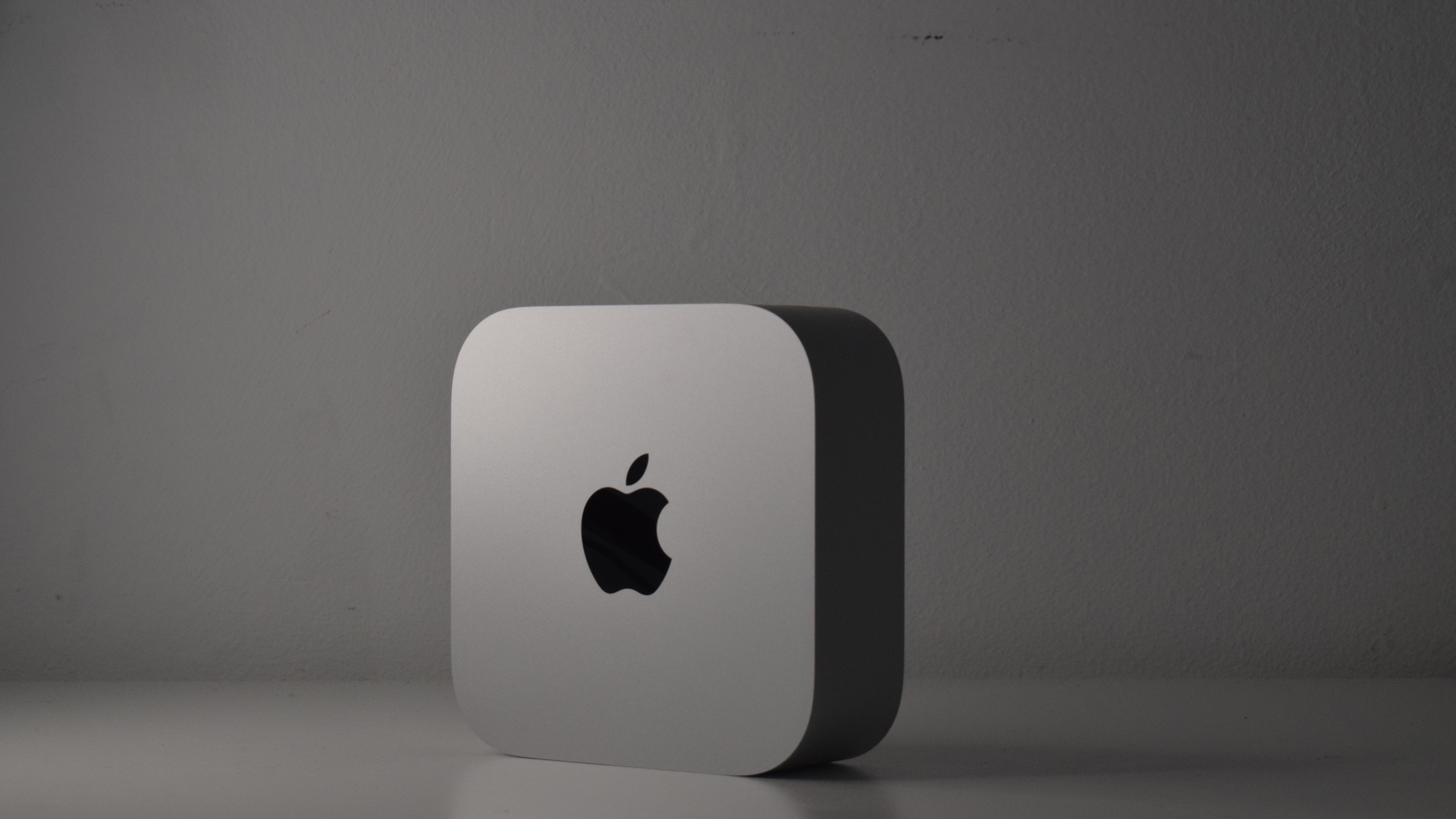 The Apple Mac Mini M4 is an affordable powerhouse that's perfect for any office desk – and it's also utterly adorable
The Apple Mac Mini M4 is an affordable powerhouse that's perfect for any office desk – and it's also utterly adorableReviews A changed design, an M4 chip, and more value for money, this is probably the best mini PC available right now
-
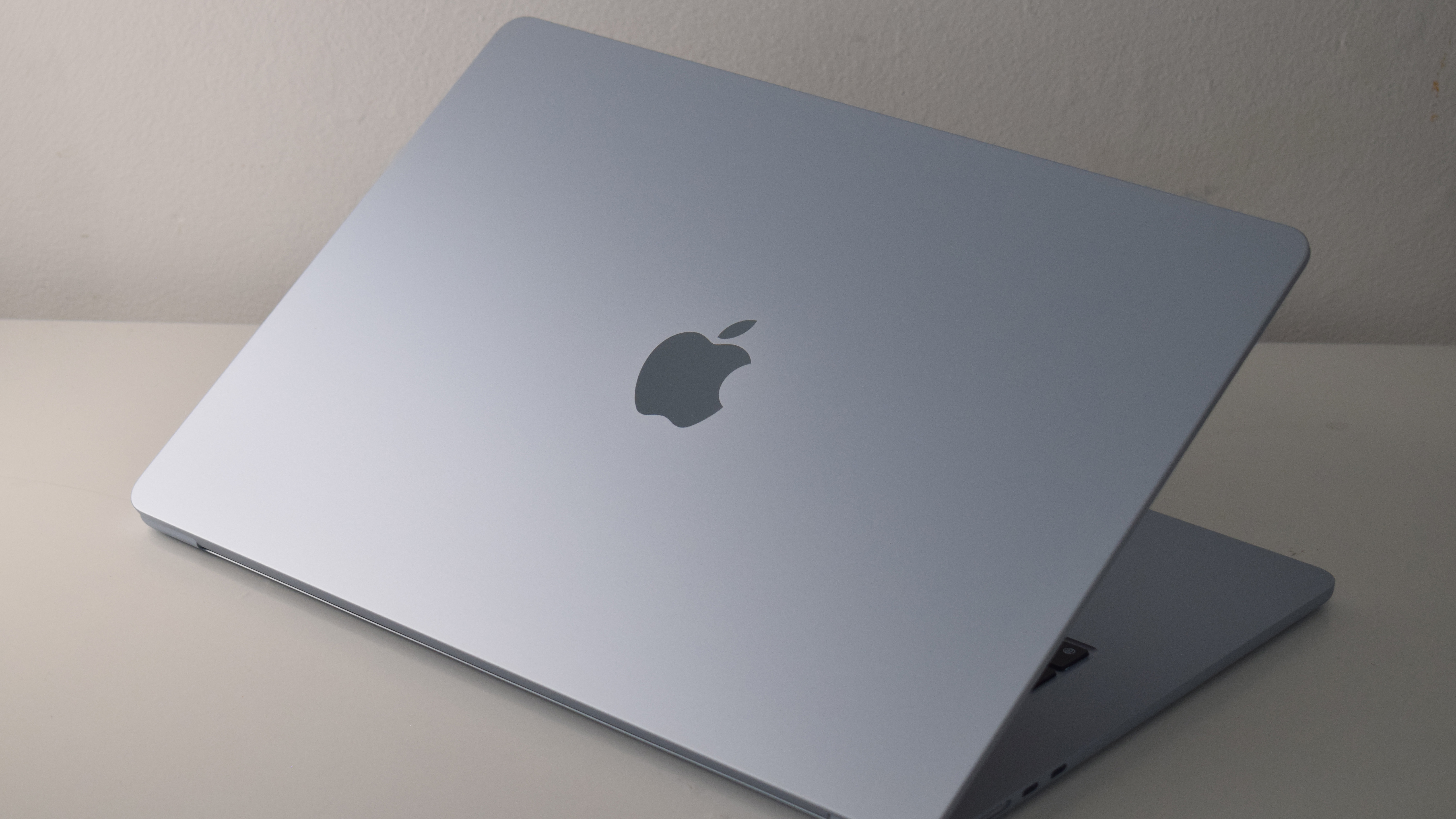 The Apple MacBook Air 15in M4 is surprisingly affordable and also blue – but it doesn't last as long as the Pro
The Apple MacBook Air 15in M4 is surprisingly affordable and also blue – but it doesn't last as long as the ProReviews A great keyboard and super M4 power, but longer battery life can be found elsewhere
-
 You will not believe the battery life on the Apple MacBook Pro 14in M4
You will not believe the battery life on the Apple MacBook Pro 14in M4Reviews A MacBook to outlast them all – the Pro comes with a cool design, intelligent features, and 20 hours of battery life
-
 Why the CPU you chose is the key to Windows 11
Why the CPU you chose is the key to Windows 11Supported The end of Windows 10 is on the horizon – it’s time to upgrade to an fTPM-protected processor
-
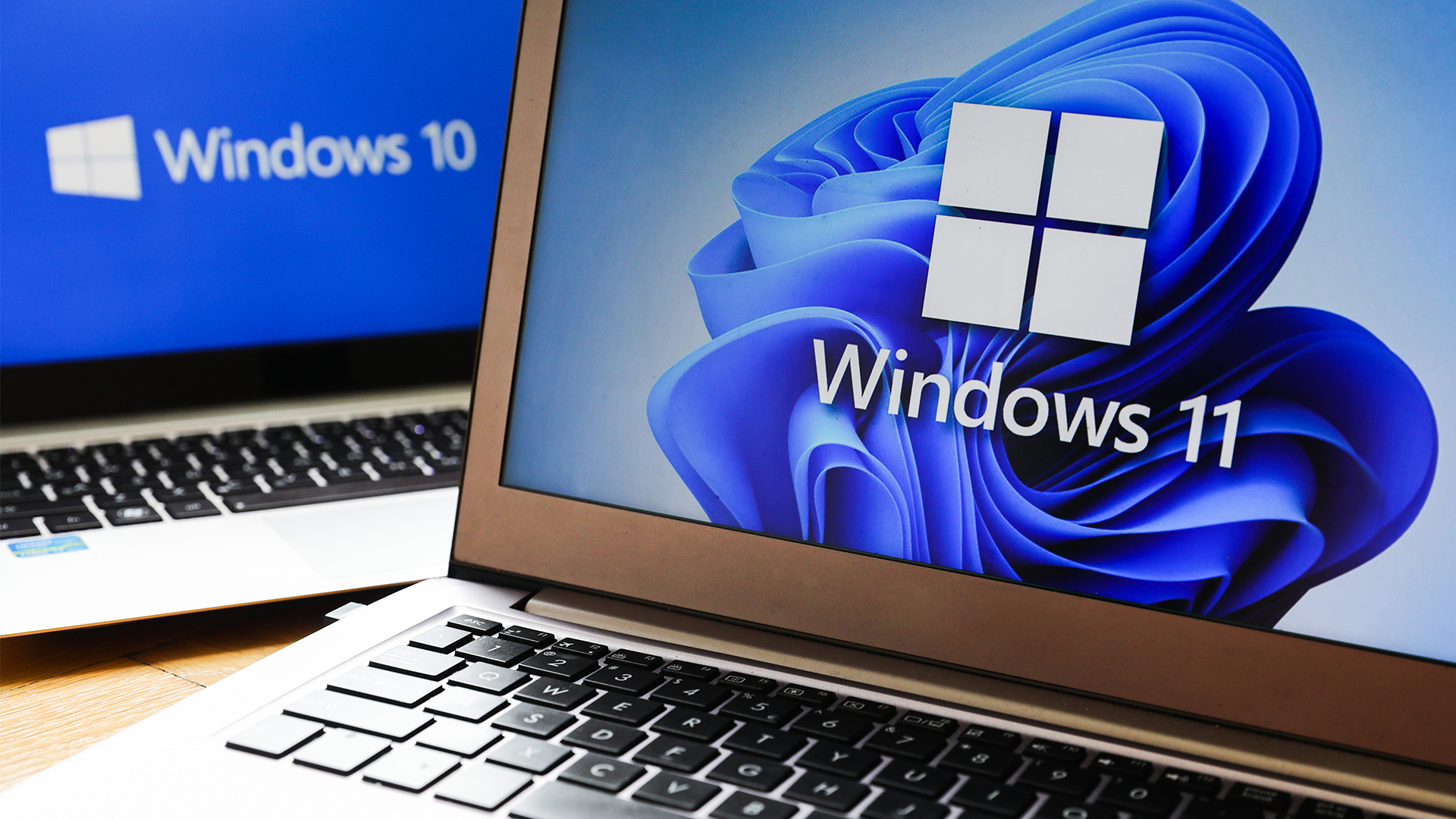 Microsoft refuses to back down on Windows 11 hardware requirements
Microsoft refuses to back down on Windows 11 hardware requirementsNews The tech giant says it'll keep hardware specifications for Windows 11
-
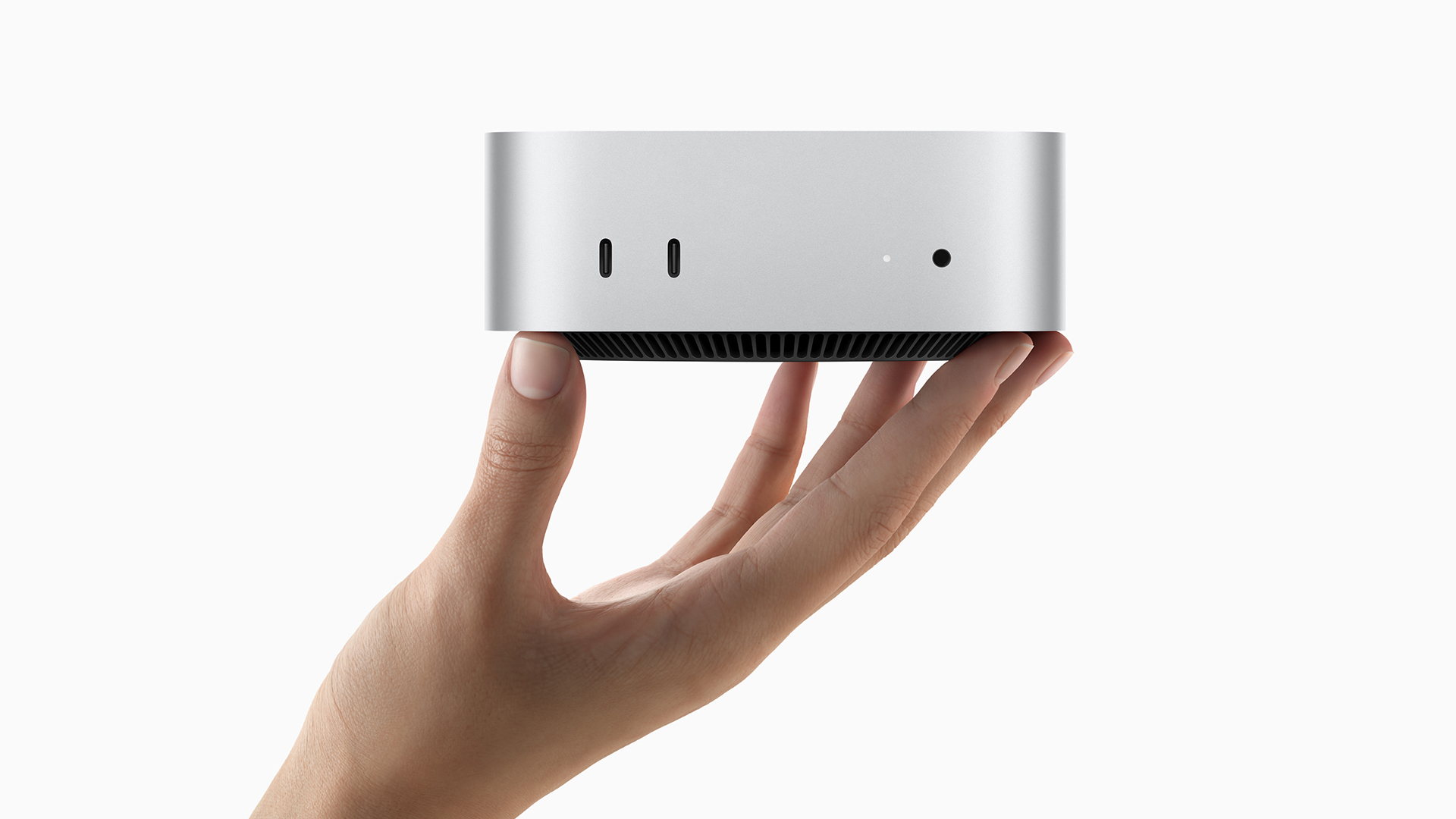 Apple’s ‘carbon neutral’ Mac Mini is small and compact, but packs a mighty punch with the new M4 chips
Apple’s ‘carbon neutral’ Mac Mini is small and compact, but packs a mighty punch with the new M4 chipsNews With a pint-sized footprint only half the size of its M2 predecessor, the M4 and M4 Pro edition of the Mac Mini promises to bring an unprecedented size-to-performance ratio